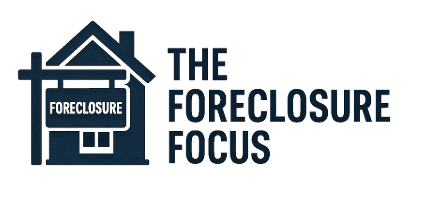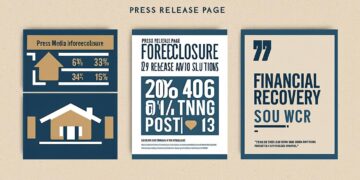Navigating the Financial Landscape in 2025
As of April 2025, the U.S. financial sector is experiencing significant shifts influenced by economic policies, technological advancements, and evolving consumer behaviors. Understanding these changes is crucial for making informed decisions in banking, lending, and financial planning.
📈 Mortgage Rates & Lending Trends
- Mortgage Rates: The average 30-year fixed mortgage rate is projected to remain above 6% through 2025, influenced by economic uncertainties and Federal Reserve policies. Reuters+5Forbes+5S&P Global+5
- Consumer Lending: Consumer lending is expected to pick up, with new purchase mortgages projected to rise by 13.3% in 2025. The Financial Brand
🏛️ Regulatory Developments
- Capital One & Discover Merger: U.S. banking regulators have approved Capital One’s $35.3 billion acquisition of Discover Financial Services, creating the nation’s eighth-largest bank by assets. Reuters
- Fair Lending Enforcement: The Office of the Comptroller of the Currency (OCC) continues to prioritize fair lending risk assessments and examination of banks’ lending compliance programs. Wolters Kluwer Solutions
🌐 Digital Transformation & Fintech Innovations
- AI & Automation: Banks are increasingly adopting artificial intelligence and automation to enhance customer experience, streamline operations, and improve risk management.
- Digital Banking: The shift towards digital banking continues, with consumers favoring online platforms for convenience and accessibility.
📊 Market Outlook
- Economic Indicators: The International Monetary Fund (IMF) warns of increased global financial stability risks due to trade tensions and elevated asset valuations. Reuters+2theguardian.com+2thetimes.co.uk+2
- Stock Market Volatility: U.S. stocks have experienced significant fluctuations, influenced by economic policies and investor sentiment.
🧠 Implications for Stakeholders
- Homeowners: Monitor mortgage rates and refinancing options as interest rates remain elevated.
- Investors: Stay informed about market volatility and consider diversification strategies to mitigate risks associated with economic uncertainties.
- Financial Institutions: Adapt to regulatory changes and leverage technological advancements to remain competitive and compliant.










